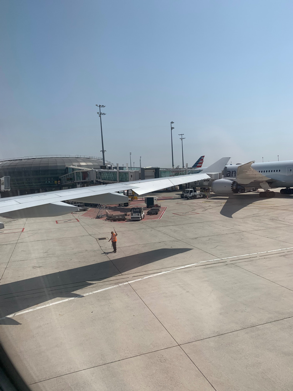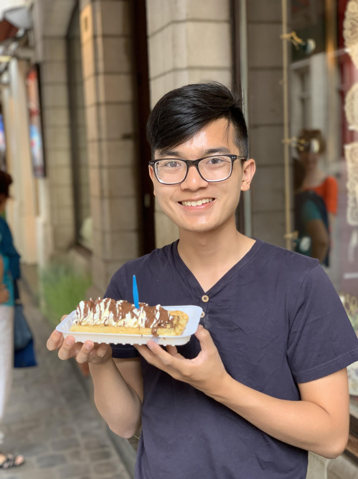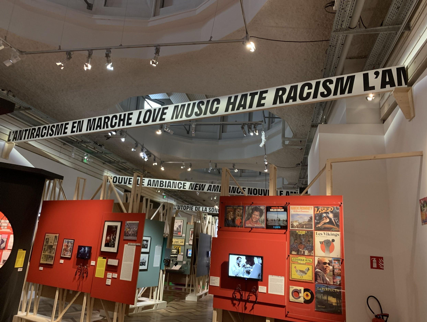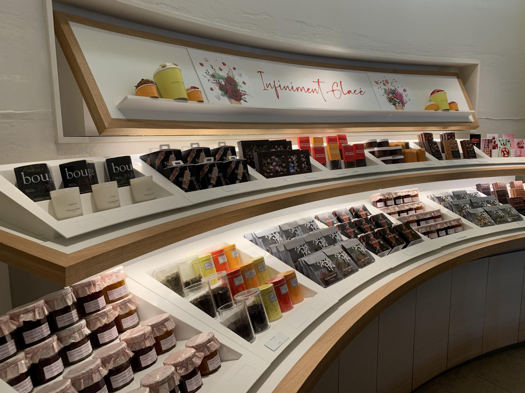France | Au Revoir Paris!
By Jason Vu
After three weeks of travelling and learning, this was it. Our last week in Paris would not have as much activity as the others since we would have to start packing, but we did have some final chances to say good-bye to one another and France. On the morning of our second to last day in Paris, we woke up bright and early to head to Montsouris Park for a class picnic. While we were excited to spend our last morning together with French pastries and freshly pressed orange juice provided by Prof. Behdad, we were not so keen to be stuck in the middle of a Parisian heat wave. Temperatures reached just above 100 degrees Fahrenheit and while that might sound bearable in California, much of France has never experienced such high temperatures in its history. As a result, there was barely any air conditioning anywhere in the city.
Nonetheless, we made it out to the park where we proceeded to begin our final class discussions. While our travel study program was coming to an end, our final assignments were just beginning. Once we got home, we would have a month to write two papers that would be due at the beginning of September. As such, our class picnic was meant as both a chance to spend time together as a class while also preparing for our final essays. Due to the size of our class, we were split into two groups, one led by our TA Mariam and the other by Prof. Behdad.

After a lively session of brainstorming research topics, we concluded our picnic by eating our remaining pastries and cleaning up after ourselves. With breakfast out of the way, many of us headed back to our rooms to finish cleaning up and prepare for our upcoming departures.

After a couple of hours, it was time for our class to reconvene at Mansouria, a famous Moroccan restaurant in the 11th arr. of Paris. This would be our final time gathered together as a class before heading off in our own directions.

Prof. Behdad started off our meal with a short speech thanking all of us and our TA Mariam for helping make this class fun and engaging. Our meal that night was of course covered by our program, but the thought and care Prof. Behdad showed in choosing such a nice place for us was something else. In fact, I wanted to take the opportunity right now to give Prof. Behdad and our TA Mariam a shoutout for being such amazing faculty and taking care of us all month long!
After a wonderful meal of traditional Moroccan dishes, we concluded our night with a final round of applause and soon headed off in our own directions. For me, the combination of heat and packing had worn me down, so I decided to head back to my hotel to get a night’s rest before my long flight the next day.

Luckily, being that tired meant that my body ignored the scorching heat of my AC-less room right until 8am the next day. With all my bags packed up from the day before, I checked out of my dorm and made my way to my final metro ride from Cite Universitaire to Charles de Gaulle Airport. At about 1PM, I boarded my flight and bid a final adieu to the City of Lights. I was sad to see the city go but excited to come home to friends and family to share all that I had experienced on this wonderful trip.
Au revoir, Paris! À la prochaine!

Jason studied abroad in France in Summer 2019. https://ieo.ucla.edu/travelstudy/GlobalStudies-France/




















































